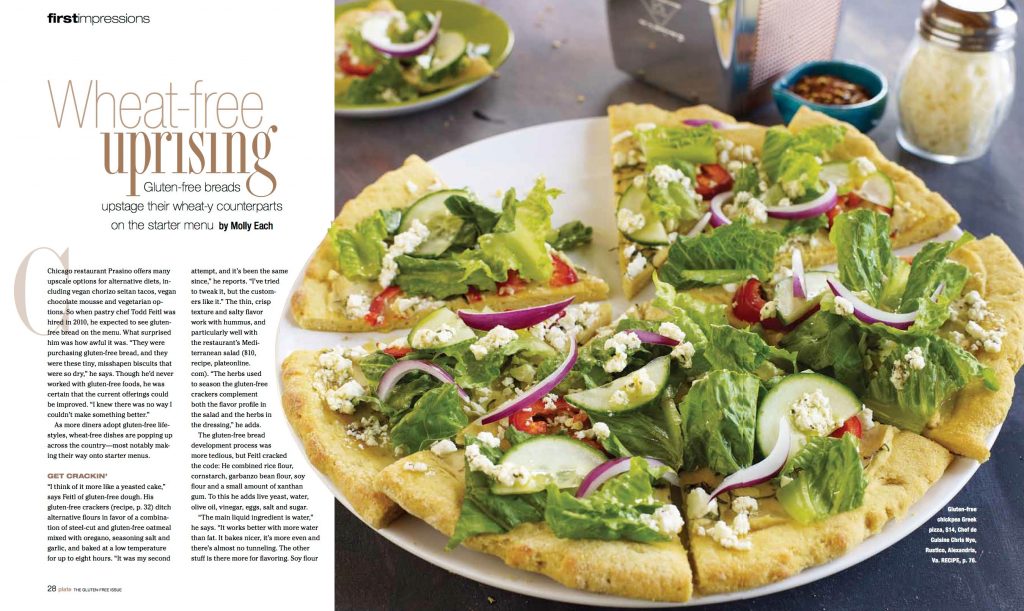 In a niche full of print titles, Plate serves up its content in a way that sets itself completely apart.
In a niche full of print titles, Plate serves up its content in a way that sets itself completely apart.
“From restaurateurs to chefs, this magazine caters to the sensual and the tangible quality that each of us experience when we taste or create that perfect dish. And it’s a trade publication; a very unique concept in this niche category, one that usually relies on ads and generalized information, which is the norm for a B to B publication,” writes Samir “Mr. Magazine” Husni in his blog.
Husni interviewed Steven Mayer, editor of Plate, about his editorial strategy for a magazine dedicated to the culinary side of the food business.
“I spent 20 years with Restaurants & Institutions, and the last five or six years I was the publisher of that magazine,” Mayer tells Husni. “I left in 2001, and in 2002, some former colleagues of mine were starting this magazine called Plate, and they contacted me around the time of the first issue which was being developed and worked on. And I joined them about the time that first issue came out. I think what they (the audience) really responded to was the fact that Plate was designed from the get-go to focus on, not every aspect of running a restaurant, like Restaurants & Institutions had and other publications, but we really focused on food and the menu, and the culinary side of the business.”
Plate has not only survived since then; they have experienced growth in total circulation every year since 2005. This is an industry that is already served by “at least 15, if not 20 or 30 print magazines that serve this industry,” Mayer notes.
He credits much of their success with their focus on a theme each issue, a tactical move that grew out of a necessity to make themselves stand out in a crowded field.
And as habits regarding eating out become more refined, their message resonates with many U.S. consumer tastes.
“Any consumer of restaurants would know this, but you could walk into an Applebee’s or a Chili’s and hardly tell the difference,” Mayer explains. “Those kinds of restaurants are struggling, yet in every city you can find many new restaurants that are often trendy and cool and referred to in the industry as ‘chef-driven’ restaurants. That’s where the industry remains creative and vibrant and exciting. And so we have to convince people that we’re really at the forefront of trends and where they want to be.”
And where the readers want to be, for this title, is in print. Mayer admits they’ve been challenged creating digital channels for their content.
“We’ve frankly struggled to come up with a website, and only recently have we redesigned our website so that it would capture the same ethos and aesthetic of the magazine. It’s hard to do in a digital format,” he explains.
“The ideas and the photos that we publish really have an evergreen quality to them; they’re timeless,” Mayer continues. “It’s not a matter of getting the news quickly or on a timely basis. It’s not a matter of instant response; it’s really designed to inspire people and get them thinking about their menus. A print magazine that you can actually hold and look at the pictures is inspiring.”
It’s a stunning example of a successful B2B print title that is staying true to their solid brand identity. And the results are delicious.

March 28, 2017, 8:18 am
April 4, 2017, 8:14 am